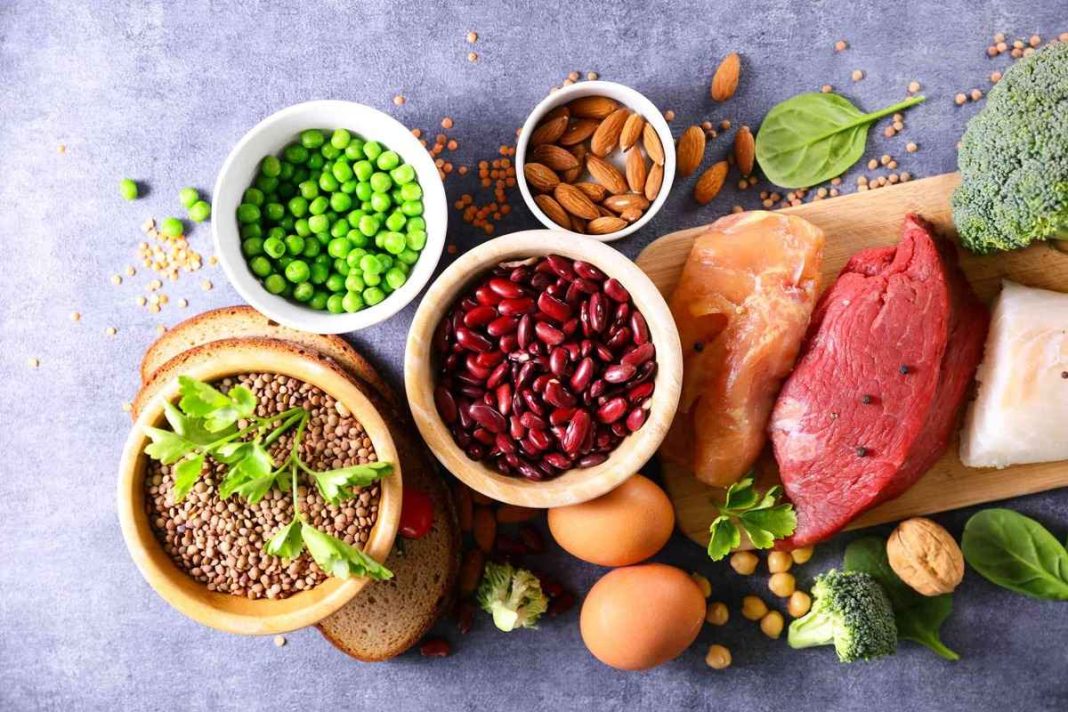The Household Consumption Expenditure Surveys (HCES) conducted between August 2022 and July 2024 offer a comprehensive view of the nutritional intake in India. This large-scale survey delivers essential data on food consumption trends and the corresponding nutrient intake across rural and urban populations. The findings are consolidated in the report titled ‘Nutritional Intake in India’, serving as a vital tool for policymakers, researchers, and development planners.
Understanding the Survey
The HCES was designed to examine food consumption patterns and the intake of critical nutrients—calories, protein, and fat—within Indian households. Conducted in two distinct phases, the survey covers both rural and urban areas, ensuring inclusive representation. This analysis is key to evaluating the nutritional intake in India across different demographic and economic groups.
Trends in Caloric Consumption
Between 2022-23 and 2023-24, a marginal rise in average per capita calorie intake was observed:
- Rural India: 2233 Kcal (2022-23) to 2212 Kcal (2023-24)
- Urban India: 2250 Kcal (2022-23) to 2240 Kcal (2023-24)
Although these figures appear to slightly decline, the bottom expenditure segments actually recorded an increase, hinting at improved food access and distribution.
Protein and Fat Consumption
Positive changes were recorded in the intake of protein and fat:
- Protein:
- Rural: from 61.9g to 63.2g
- Urban: also noted an increase
- Fat:
- Rural: from 59.7g to 70.5g
- Urban: from 60.4g to 69.8g
These improvements suggest an upward shift in diet quality and diversity—an encouraging sign for the nutritional intake in India.
State-wise and Economic Variations
The survey also highlights regional disparities in calorie intake. States with higher Monthly Per Capita Consumption Expenditure (MPCE) consistently show greater calorie consumption. Notably, the gap between low- and high-income groups has narrowed, indicating progress toward equitable nutrition distribution.
Long-Term Nutritional Shifts
From 2009-10 to 2023-24, India has seen a gradual increase in both calorie and protein intake, pointing to steady improvements in food security. This long-term perspective enriches the understanding of evolving nutritional intake in India.
Evolving Protein Sources
While cereals still dominate as the primary protein source—accounting for 46-47% in rural and about 39% in urban India—their share is slowly decreasing. In contrast, animal-based protein from eggs, fish, meat, and dairy has grown, signifying a diversification in protein consumption.
Adjusting for True Intake
Adjusted nutrient intake values are slightly lower than the unadjusted ones due to the exclusion of meals shared with non-household members and those purchased from the market. These refined figures provide a more accurate picture of the nutritional intake in India.



